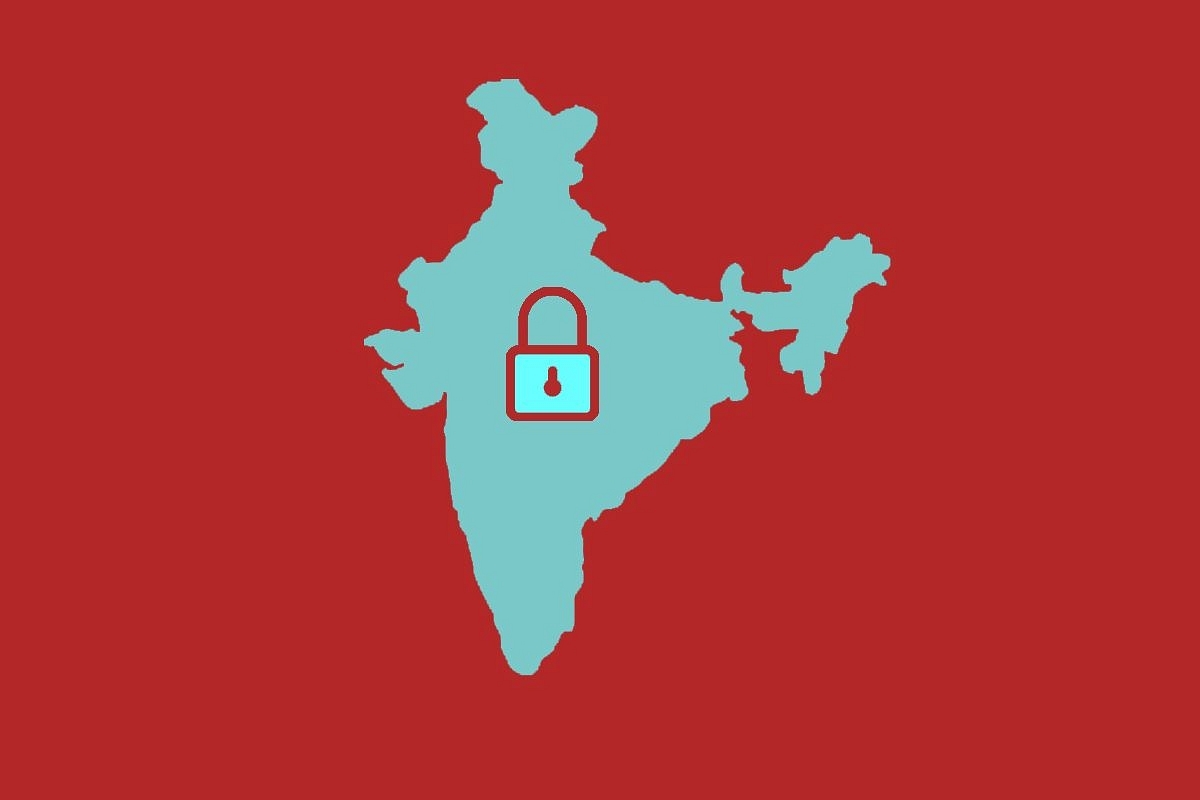Ideas
Lockdowns Belong In 2020 And Should Be Allowed To Stay There
- The consensus view among economists no longer advocates for enforcement of lockdowns as a measure contain the spread of the virus.

Lockdown - representative image
That cases are on the rise is evident and for all to see. The question is, what is to be done?
The answer to what is to be done is not as evident as the answer to what is not.
The first big no should be for lockdowns.
Let us rewind the tapes to earlier last year when COVID–19 cases were on the rise and countries operated with limited information. There was no clear information about clinical protocols or about what we were dealing with, except for the fact that lockdowns were successful in containing the spread of the disease in Wuhan.
Lockdowns thus became the most important policy tool (or non-pharmaceutical intervention as it is termed in scientific literature) by governments across the world.
Many in India believe that a national lockdown was the first such intervention in the country, but nearly 22 states had already announced a lockdown, school closures or border restrictions well before a national lockdown was announced by the Prime Minister.
That lockdown, along with one in most countries, is perhaps the largest social experiment to ever be conducted – and it has been analysed by experts across the world.
As the pandemic progressed, many countries have announced second or third lockdowns in an attempt to “flatten the curve” and prevent the spread of the disease.
2021 has been different though as now we have a vaccine available and most advanced economies are pushing to vaccinate a critical mass of its population. Emerging markets too are not that far behind as they scale their own vaccination drives. Lockdowns are not the norm anymore.
The world has had adequate time to prepare clinical protocols, develop vaccines and identify mechanisms to cope with the pandemic. Thus, we are now operating with a lot more information which makes lockdown unnecessary.
But what about lockdown’s impact on flattening the curve?
In an early draft of his paper, Dr Surjit S Bhalla illustrated that the impact of lockdowns in preventing the spread of the disease may be over-exaggerated.
At that time, the dominant view was that lockdowns work – and many arguments were presented in its support. However, the only merit in an argument for a lockdown was to gather information, prepare healthcare infrastructure and develop clinical protocols. All of which has happened well during the first lockdown.
The dominant view has evolved and no longer advocates for enforcement of lockdowns in order to contain the spread of the virus.
For instance, Patricio Goldstein, Eduardo Levy Yeyati, Luca Sartorio on 30 March 2021 wrote about the declining efficacy of lockdowns. Jeffery Tucker, director of American Institute for Economic Research wrote on ‘Liberty or Lockdown’. Incidentally, he too has been a harsh critic of lockdowns long before the dominant view emerged.
Even as the world evaluates scientific evidence for or against lockdown, Indian states have been quick to enforce “night curfews” in an attempt to prevent the virus from spreading. The question is that what do governments or judicial bodies hope to achieve by imposing these curfews?
It cannot be the case that COVID spreads only at night and that such curfews would thus prevent the spread of the disease. It is also not the case that more people go out at night and thus the pandemic spreads faster.
Perhaps, the only rationale argument is that these restrictions help people recognise the seriousness of the situation & ensure stricter compliance with COVID safety norms. However, is it the most efficient mechanism to achieve the same? Definitely not, given its catastrophic impact on sectors such as hospitality.
While we do not know what will work, by now we know what will certainly not work. With the pandemic raging, it is important to know that the ultimate solution will be vaccination which prevents severe cases.
Thus, by preventing severe cases we are ensuring that we do not clog our healthcare capacity with too many cases at a point in time. The objective should be to ramp up production capacity and continue to scale the vaccination drive, while allowing for economic activity to continue.
Support Swarajya's 50 Ground Reports Project & Sponsor A Story
Every general election Swarajya does a 50 ground reports project.
Aimed only at serious readers and those who appreciate the nuances of political undercurrents, the project provides a sense of India's electoral landscape. As you know, these reports are produced after considerable investment of travel, time and effort on the ground.
This time too we've kicked off the project in style and have covered over 30 constituencies already. If you're someone who appreciates such work and have enjoyed our coverage please consider sponsoring a ground report for just Rs 2999 to Rs 19,999 - it goes a long way in helping us produce more quality reportage.
You can also back this project by becoming a subscriber for as little as Rs 999 - so do click on this links and choose a plan that suits you and back us.
Click below to contribute.
Latest